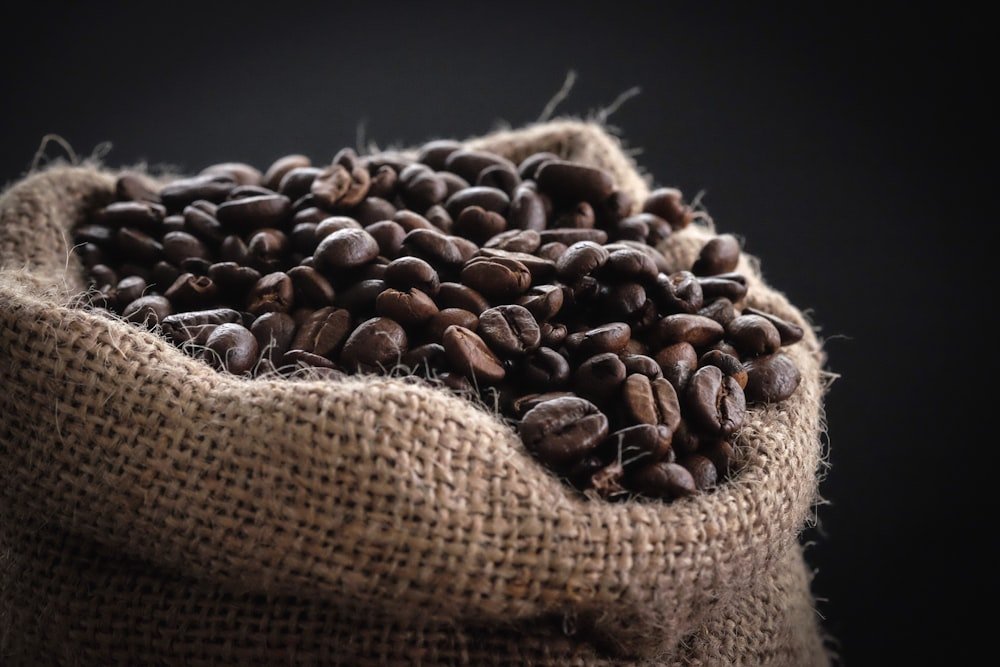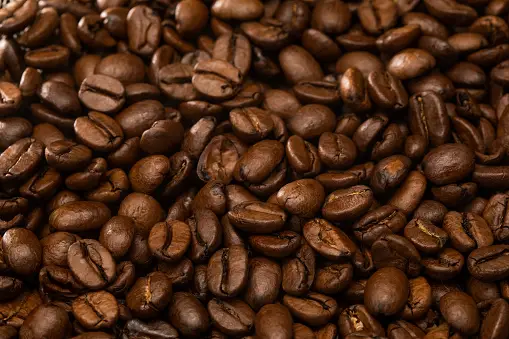Ever stared at the coffee aisle, overwhelmed by the sheer number of bean options? You’re not alone! Especially when it comes to espresso beans. Are they a special type of bean, or just a marketing ploy to get you to spend more money? Let’s dive into the world of coffee beans and espresso beans, and figure out what’s what!
Table of contents

It All Starts with the Bean
At the heart of it all, both coffee beans and espresso beans are just regular coffee beans. They come from the same Coffea plant, and go through a similar drying and roasting process. So, what’s the difference?
The Roast is the Key
The biggest distinction lies in the roast. Espresso beans are typically roasted for a longer time than regular coffee beans. This darker roast gives them a richer, more intense flavor, and a higher concentration of caffeine. Think of it like this: a light roast is like a whisper, while a dark roast is a shout.
Here’s a quick breakdown:
- Coffee Beans:Typically roasted for a shorter time, resulting in a lighter color and a more balanced flavor profile with some acidity. Perfect for brewing a delicious pot of drip coffee or enjoying a pour-over.
- Espresso Beans:Roasted for a longer time, achieving a darker color and a bolder, more intense flavor. Ideal for creating that concentrated shot of espresso that forms the base of your favorite lattes and cappuccinos.
Pro Tip: Don’t be fooled by the name! You can absolutely use regular coffee beans to make espresso at home. However, you might need to adjust your grind size and brewing method to achieve the desired results.
Grind Matters Too!
Another key difference is the grind size. Espresso requires a much finer grind than drip coffee. Those tiny grounds are what allow the hot water to pass through quickly under pressure, creating that concentrated shot. Using a coarse grind for espresso will result in a weak and watery brew, while using a fine grind for drip coffee will lead to a bitter and over-extracted cup.
Here’s the takeaway:Invest in a good burr grinder if you plan on making espresso at home. It allows you to adjust the grind size for different brewing methods, giving you more control over your coffee experience.
So, Which Should You Buy?
The answer depends on your brewing method of choice!
- For drip coffee, French press, or pour-over: Opt for regular coffee beans. They come in a wider variety of roasts and flavors to explore, and you can find fantastic options at your local grocery store.
- For espresso, lattes, or cappuccinos: Espresso beans are your best bet. The darker roast and finer grind will give you the strong foundation you need for these milk-based drinks. Consider buying them from a specialty coffee shop to ensure fresh, high-quality beans.
Bonus Tip: Don’t be afraid to experiment! Try using a light roast espresso bean for a more nuanced flavor in your latte, or a dark roast coffee bean for a bolder cup of drip coffee. The world of coffee is your playground!
Beyond the Basics: Exploring Flavor and Options
Now that we’ve cracked the code on the bean basics, let’s delve a little deeper! There’s a whole world of flavor profiles and options waiting to be discovered, both for coffee beans and espresso beans.
Coffee Beans: A Symphony of Flavors
The beauty of regular coffee beans lies in their variety. From bright and citrusy light roasts to rich and chocolatey dark roasts, there’s a flavor profile for every taste bud. Here are some popular choices to consider:
- For a bright and acidic cup: Look for single-origin beans from regions like Ethiopia or Kenya. These beans are often described as having floral or fruity notes.
- For a smooth and balanced cup: A medium roast from Central or South America is a great option. Think notes of chocolate, caramel, and nuttiness.
- For a bold and smoky cup: A dark roast, like a French roast, will give you a strong and intense coffee experience.
Here’s a cool trick: Many coffee shops and online retailers allow you to grind your beans to order. This ensures maximum freshness and lets you tailor the grind size to your specific brewing method.

Espresso Beans: Unveiling the Powerhouse
Espresso beans, with their darker roast, are all about intensity. They pack a powerful punch, perfect for creating those concentrated espresso shots, No matter which type of bean you choose, freshness is paramount for a delicious cup of coffee. Here are some tips to ensure you’re getting the most out of your beans:
- Whole Bean vs. Pre-Ground: Opt for whole beans whenever possible. Grinding exposes the beans to air, accelerating the staling process. Invest in a good burr grinder to grind your beans fresh just before brewing.
- Storage is Key: Store your beans in an airtight container away from light and heat. A cool, dark pantry is the ideal spot.
- Buy in Moderation: Don’t buy in bulk unless you plan on using the beans quickly. Freshness is fleeting, so it’s better to buy smaller quantities more frequently.
Thinking about grinding your own beans but worried about the investment? There are many affordable burr grinders on the market that will significantly improve your coffee experience. Consider it an investment in long-term deliciousness!
The Grind Matters More Than You Think!
As we mentioned earlier, grind size plays a crucial role in extracting the perfect flavor from your beans. Here’s a quick cheat sheet to help you out:
- Espresso: Ultra-fine grind, resembling confectioners’ sugar.
- Moka Pot: Fine grind, similar to table salt.
- AeroPress: Fine to medium grind, like sea salt.
- Pour-Over: Medium grind, resembling coarse sand.
- Drip Coffee: Medium-coarse grind, similar to breadcrumbs.
- French Press: Coarse grind, resembling kosher salt.
Remember, these are just guidelines. Feel free to experiment and adjust the grind size based on your brewing method and desired taste.
Beyond the Bean: Exploring Brewing Methods
The journey to your perfect cup doesn’t stop at the bean. The brewing method also significantly impacts the final flavor. Here’s a glimpse into some popular options:
- Drip Coffee: This classic method is simple and convenient. Hot water slowly drips through the grounds, resulting in a clean and balanced cup.
- French Press: This immersion method steeps the coffee grounds in hot water for a full-bodied and flavorful brew.
- Pour-Over: This slow and deliberate method allows for precise control over the water flow, resulting in a nuanced and complex cup.
- AeroPress: This versatile brewer combines immersion and pressure brewing for a quick and clean cup with a bold flavor.
- Espresso Machine: This pressurized brewing method forces hot water through finely-ground coffee, creating a concentrated shot that forms the base of espresso-based drinks.
The best brewing method is the one that suits your taste and lifestyle. Do some research, experiment with different options, and discover what works best for you!
Conclusion: Your Coffee Journey Awaits!
Understanding the difference between coffee beans and espresso beans is just the first step on your exciting coffee adventure. With a little knowledge about roasting, grinding, brewing methods, and freshness, you’re well on your way to unlocking a world of delicious coffee experiences. So, grab your favorite mug, explore the diverse options available, and embark on a journey to discover your perfect cup! Remember, there’s no right or wrong answer – it’s all about finding what tastes good to you! Happy brewing!






